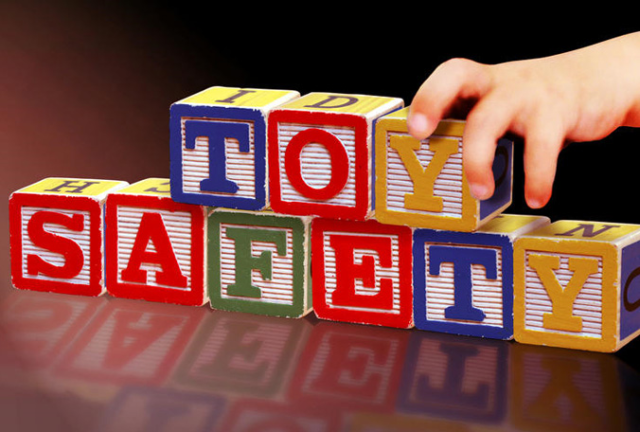Santa Says, Safety First
Children's toys can cause injuries and even deaths. The American Academy of Pediatrics offers some advice for the holiday season

The holidays are here and so are the toys that bring tidings of comfort, joy – and sometimes a few unwelcome surprises.
On the special American celebrations calendar, December’s known as Safe Toys and Gifts Month. But in 2017, the latest year for which complete figures are available, the U.S. Consumer Products Safety Commission (CPSC) reported 13 toy-related deaths among children younger than 12 and a whopping 251,700 toy-related injuries serious enough to send the kids to the hospital emergency room.
Not to worry. The Santa stand-ins at the American Academy of Pediatrics (AAP) are here to save the day. Their first advice: Choose age-appropriate gifts.
For example, if you’re buying for a toddler who tends to put everything including his own toes into his mouth, follow the Consumer Products Safety Commission’s directive to avoid small things like marbles, coins and games with any pieces smaller than 1 1/4 inches in diameter and 2 1/4 inches long.
As for that classic Teddy bear, check the label to be sure the fabric is flame resistant and washable (kids do chew, drool, and spill food). Check that the seams are tight so no stuffing escapes. Check that the bear is new. No, you shouldn’t hand down that beloved stuffed animal you’ve kept in the closet all these years; the little old guy’s fabric may not meet modern fire-resistant or toxin-free standards. Ditto for painted toys made before 1978 whose paint may not be lead-free.
Moving on to an older budding artist, look for the letters ASTM D-4236 on the package of crayons, paints and such to make sure that the coloring agents inside have been evaluated by the American Society for Testing and Materials.
Head and Face Injuries
Nearly half of those emergency room injuries noted above hit the head and face. American Academy of Ophthalmology stats show that about 1 in 10 of kids’ eye injuries are caused by, yes, a toy that spits out projectiles. A recent article in the journal Pediatrics blames BBs, pellets, and paintball guns. And don’t forget the appendages on either side of the child’s head. Young ears are delicate and very loud toys held smack against them can impact hearing.
Want to give a kid a chance to ride? The best way to go may be a live trip around a pony ring or a semi-live one on the nearest carousel. True, safety harnesses and helmets can reduce the risk, but in 2016 innocent hobby horses and not-so innocent scooters, with and without a motor, accounted for nearly half of all toy-linked ER visits by kids who fell or were tossed off the vehicle.
Finally, after the holidays are done, AAP urges you to continue monitoring the health not just of your child but of her toys. Look out for splinters on wooden toys and sharp broken edges on plastic or metal thing-ees. Store everything in a chest or box without a lid or with a lid that’s lightweight and doesn’t lock. Be sure there are ventilation holes to protect the adventurous youngster, puppy or kitten who can’t wait to crawl or jump inside a small inviting space.
And then pour yourself a perfect eggnog.
Your safe, smart presents will make this a truly Happy Holiday.